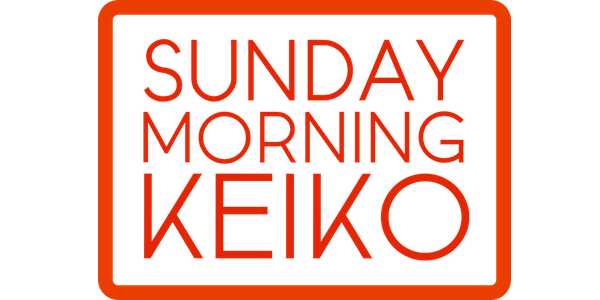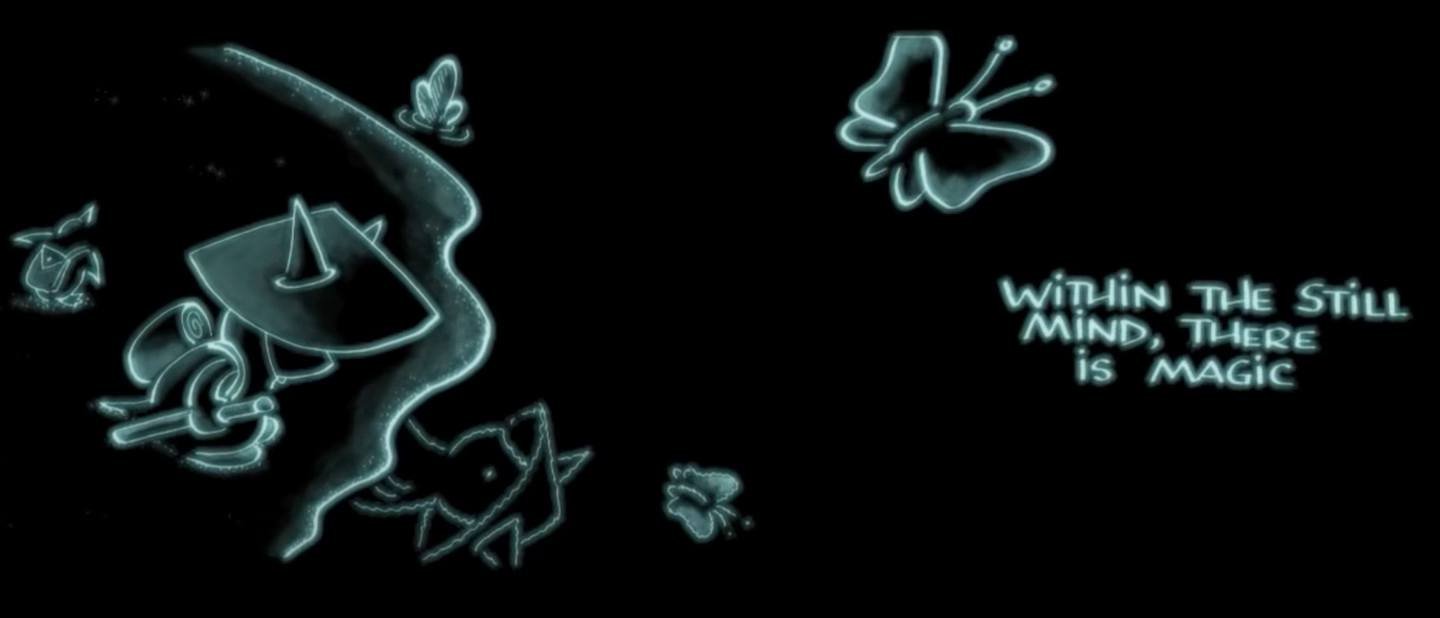Copyright Rick Hotton 2024
Fifty-four years ago I began a journey into karate that has never waned. Besides all the technical striving, what has compelled my practice more than anything has been the capacity to be inspired. The word "inspiration" comes from the Latin word "inspiratus" meaning “to breathe into”. If you go back further, there is a theological basis that refers to the influence of the divine on the individual. I think we can all agree on the uniqueness of the feeling. It is as if an outside energy reinforces your being in an attempt to pull you further. I must confess I'm addicted to that occurrence, but what I have learned and acknowledge is that there is a certain making yourself available in order for this transcendent magic to manifest.
More than anything, the purpose of my karate now, as always, is to make myself available. I look around and see a current culture that has, in many ways, acclimated to itself. Maybe it is the preponderance and ease of information, or the lack of novelty, or perhaps just our collectively compromised dopamine levels. But whatever it is, it is different than once upon a time when stepping into the mystery was so inviting, like unraveling a wonderful riddle that took you back from where you came.
Of all the comments (supportive or not) on the YouTube channel, what pleases me most is when someone expresses that they were inspired, because it has little to do with me but much to do with them and the continued enthusiasm of their journey. In my time left on this spaceship, I plan to adjust my inquiry so as to continue to be on a voracious hunt for the "inspiratus". It gives great meaning to life and makes me feel light.
Saotome Sensei one time came to me in a dream and said, "Earth, Man, Heaven". I think he knows the feeling too.















